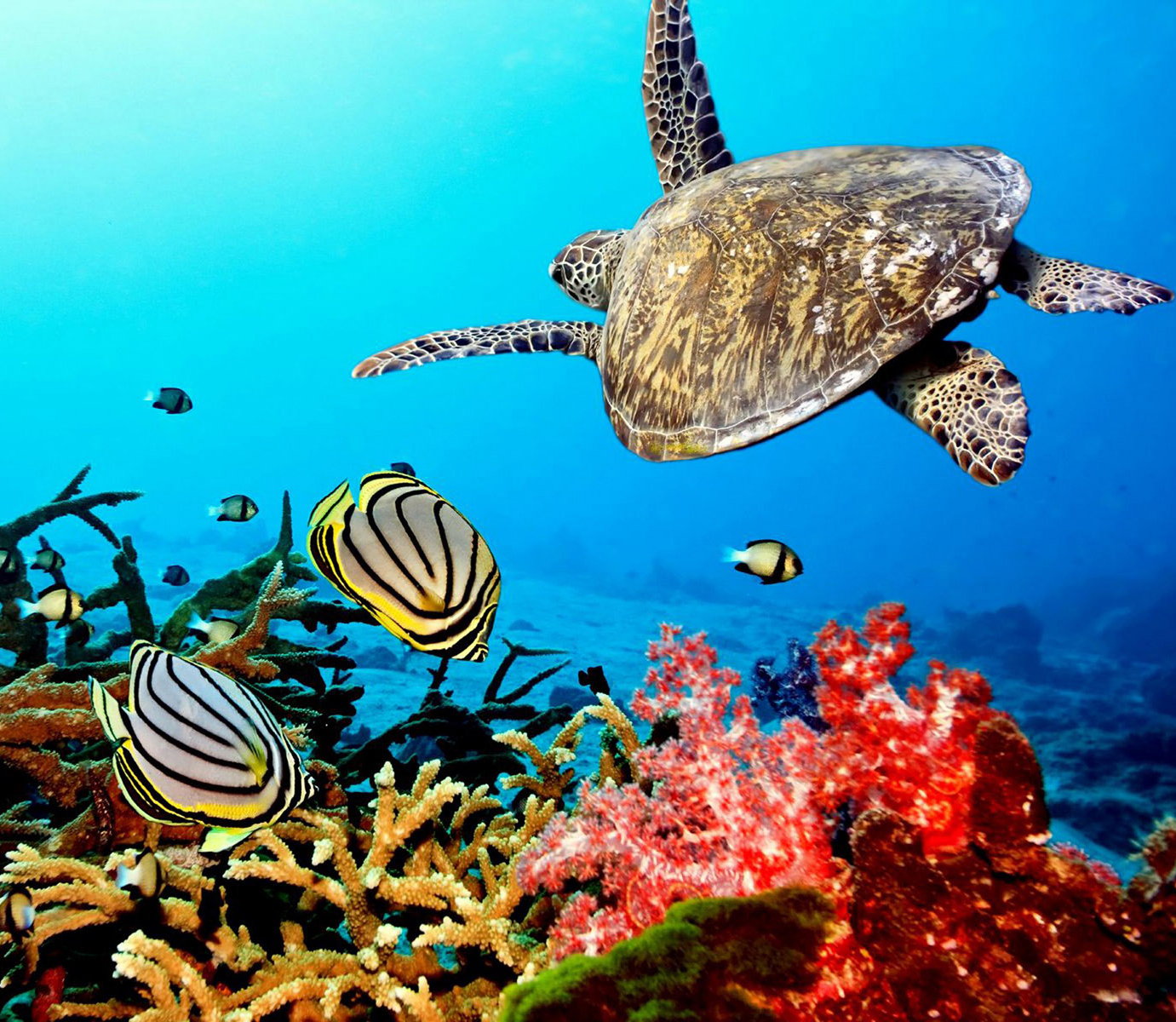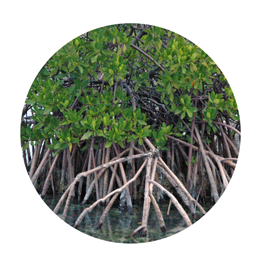

The PACÍFICO Conservation and Use Plan is the technical instrument that identifies investment needs to conserve marine and coastal resources and guide financial decisions that lead to greater regional impacts.
Given the challenges to natural resource sustainability in the ETP, the plan uses a planning horizon of 25 years and has defined a series of short- (1-5 years), medium (6-20 years), and long-term (more than 20 years) targets.
The estimated cost to reach these targets is around US$58,355,000 (fifty-eight million, three hundred and fifty-five thousand US dollars).
Its design is based on the analysis of the main threats to five priority conservation targets and the strategies to reduce them.
The plan contributes to the integrated and sustainable management of marine and coastal ecosystems through actions that ensure sustainable resource use and economic and social welfare of people in the region.
Conservation Targets
The biodiversity elements selected as conservation targets meet the following requisites:
- Their distribution covers a great portion of the territory within the intervention area.
- They represent key species and ecological processes on a regional scale.
- They are affected by the main threats identified in the intervention area.
It is important to remember that marine ecosystems are not governed by geopolitical boundaries, rather they are shared by all countries and protecting their resources is a responsibility of all. Based on the rules established after consulting with experts, review, and consideration of primary and secondary information sources, the following conservation targets were defined for the PACIFICO Platform:

Wetlands
The coral reefs of the Eastern Tropical Pacific (ETP) are unique given the limited environmental conditions in which they have evolved. Disturbances are frequent, with intense erosion, and recovery seems to be extremely slow, which limits biological diversity.
The ETP’s mangroves are discontinuous but provide feeding and protection sites for a wealth of organisms, such as shorebirds.

Sea Turtles
The four species of sea turtles that nest in the ETP are classified by the IUCN Red List as endangered species.

Cetaceans
Various species of whales and dolphins inhabit the ETP such as the:
1) Humpback Whale (Megaptera novaeangliae), northeast and southeast Pacific populations; 2) Blue Whale (Balaenoptera musculus), northeast and southeast Pacific populations; 3) Bryde’s Whale (Balaenoptera edeni); and the 4) Sperm Whale (Physeter macrocephalus).

Migratory Birds
Migratory birds travel enormous distances following climatic changes that occur in their reproduction sites and in search of better food resources.
During their annual migrations, these birds concentrate in great numbers in just a few sites not used for reproduction. Migratory shorebirds are a conservation target because they use large resting areas in the ETP and are protected globally by the Western Hemisphere Shorebird Reserve Network (WHSRN).
Marine birds occupy a niche and use a pelagic habitat the majority of their time (approximately 90%); they feed, defecate, and die in this zone and never, except to reproduce, touch dry land. Given their low reproductive rate and their slow sexual maturation, they are highly susceptible to human disturbances.

Large Pelagic Species
The great majority of pelagic fauna, such as sharks, billfish, and manta rays, are threatened by human activity at sea and ocean contamination. These organisms are also ecological indicators of marine ecosystem health, contribute to genetic diversity, transport nutrients, form part of the food chain that controls fish populations, and can be used as tourism attractions. When carried out under appropriate regulations, tourist activities can increase national income and support the conservation of these species.
Sharks are especially vulnerable to fishing pressure given their slow rates of reproduction and the long time they require to reach sexual maturity. This implies that shark populations need a long time to replace individuals lost to fishing.
